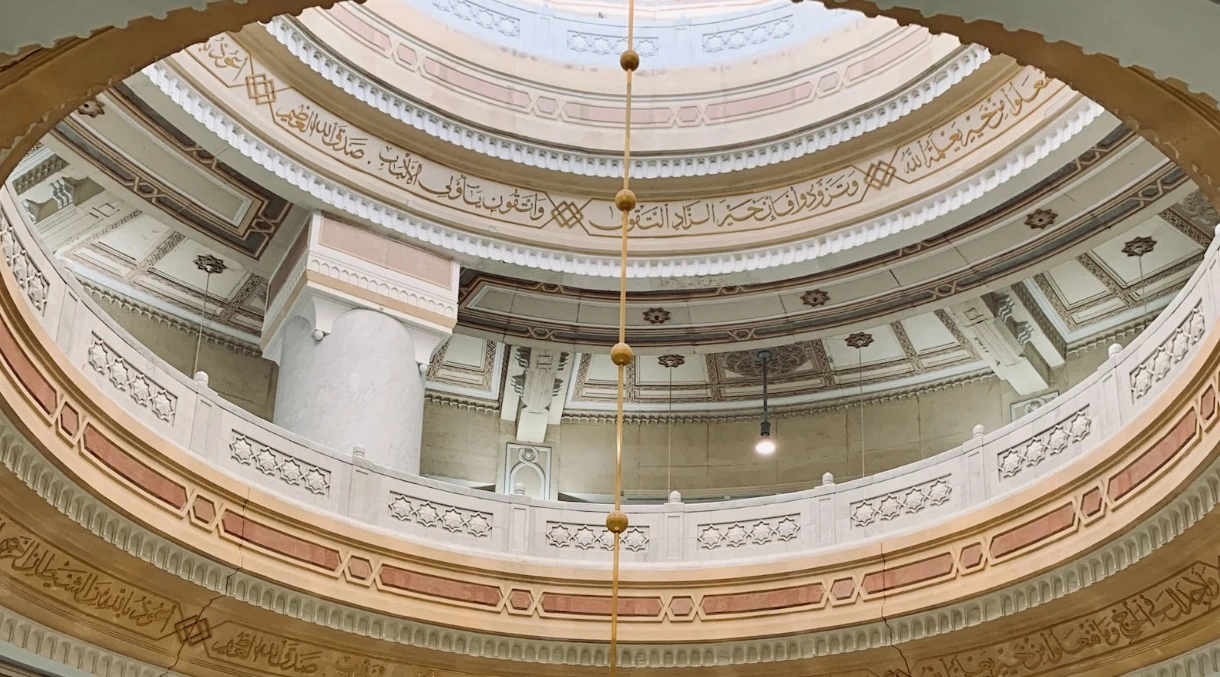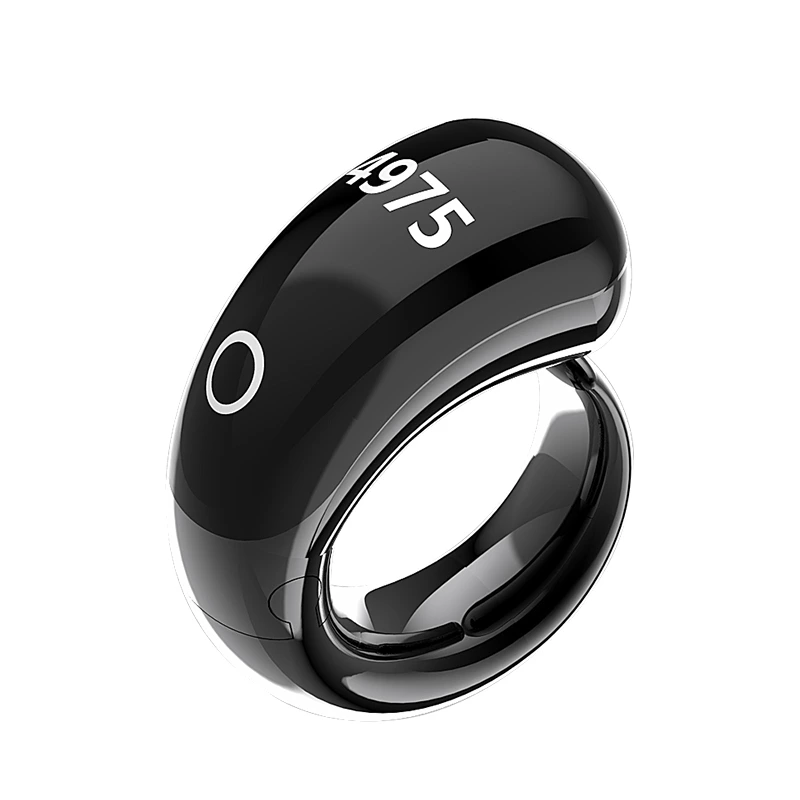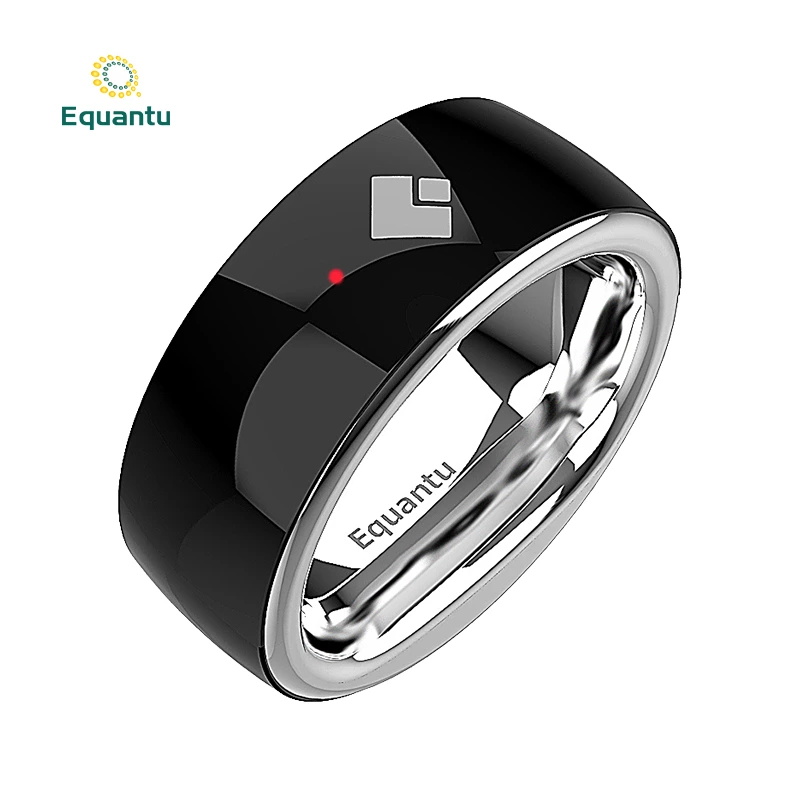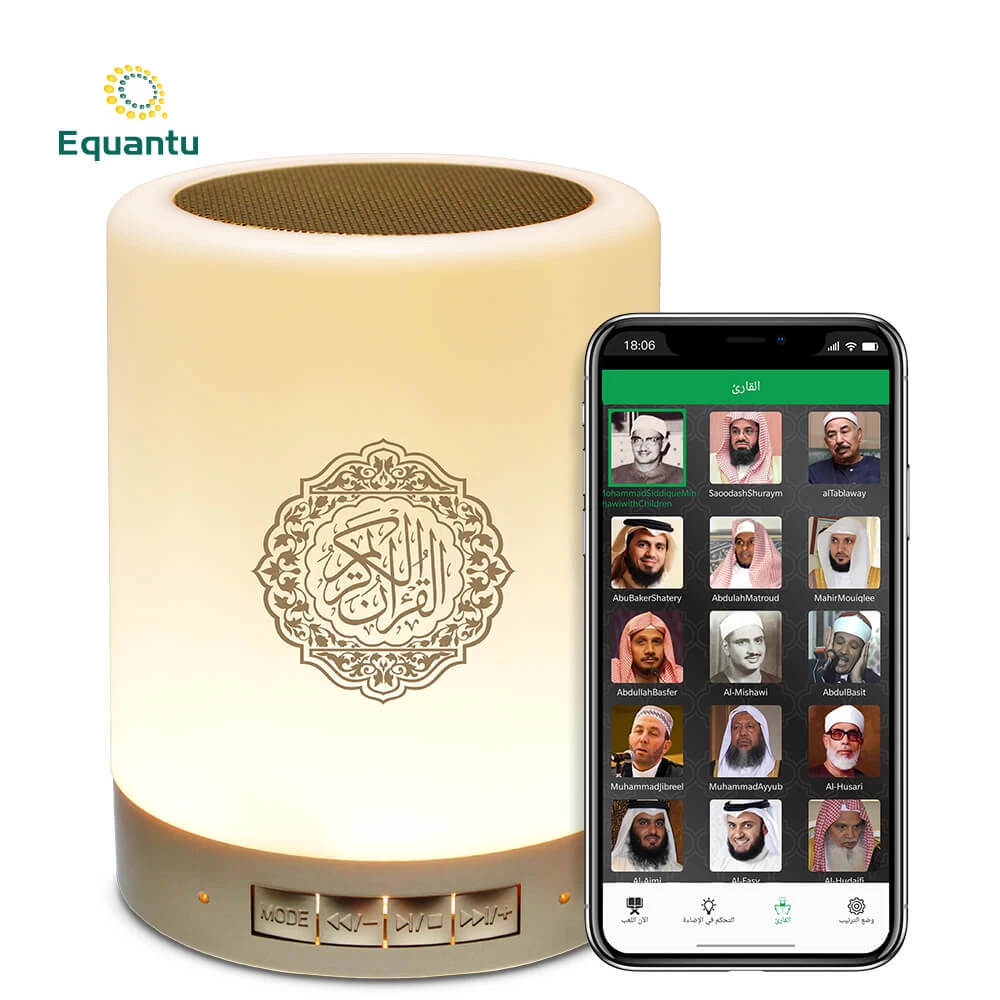Ibn Muqlah: The Pioneer of Proportional Calligraphy
Ibn Muqlah, a Persian vizier and calligrapher of the Abbasid era, is renowned for developing the principles of proportionality in Arabic calligraphy. His work laid the foundation for the sophisticated styles of Thuluth and Naskh. Ibn Muqlah’s emphasis on geometric precision and balanced composition revolutionized the art, making it more structured and aesthetically pleasing.
Yaqut al-Musta’simi: The Master of Thuluth
Yaqut al-Musta’simi, another prominent figure of the Abbasid period, is celebrated for his mastery of the Thuluth script. His contributions to calligraphy include refining the stroke techniques and enhancing the fluidity of the letters. Yaqut’s work in architectural inscriptions and manuscript decoration set high standards that influenced generations of calligraphers.
Ibn al-Bawwab: The Innovator of Diwani
Ibn al-Bawwab, a 13th-century calligrapher, is credited with developing the Diwani script during the Ottoman Empire. His innovative approach combined complexity and elegance, creating a highly decorative and intricate style. Ibn al-Bawwab’s Diwani script became the preferred choice for official documents and royal decrees, symbolizing the sophistication of Ottoman art.
Mir Ali Tabrizi: The Founder of Nastaliq
Mir Ali Tabrizi, a Persian calligrapher of the Safavid era, is the founder of the Nastaliq script, often regarded as the most beautiful form of Persian calligraphy. Nastaliq is characterized by its flowing and curved lines, making it ideal for poetry and literary texts. Mir Ali’s elegant style has had a profound impact on Persian and Urdu calligraphy, earning him a revered place in the history of Islamic art.
Modern Calligraphers: Bridging Tradition and Innovation
Contemporary calligraphers continue to push the boundaries of Islamic calligraphy, blending traditional techniques with modern innovations. Artists like Hassan Massoudy and Mohamed Zakariya have gained international acclaim for their unique styles that honor the past while embracing contemporary art forms. These modern calligraphers play a crucial role in keeping the art form vibrant and relevant in today’s world.
Iconic Works and Their Significance
The works of famous calligraphers often carry deep spiritual and cultural significance. For example, the inscriptions on the Dome of the Rock in Jerusalem showcase the intricate Thuluth script of Yaqut al-Musta’simi, symbolizing the unity and grandeur of the Islamic faith. Similarly, Mir Ali Tabrizi’s Nastaliq calligraphy is prominently featured in Persian poetry manuscripts, highlighting the harmony between art and literature.
Islamic Calligraphy in Modern Worship Tools
Famous calligraphers’ works inspire the designs found in modern Islamic worship tools such as Quran speakers and Zikr rings. These products often feature excerpts from renowned calligraphic works, blending functionality with artistic heritage. By incorporating the styles and techniques of famous calligraphers, these tools not only serve their practical purposes but also act as reminders of the rich history and beauty of Islamic calligraphy.
Conclusion
Famous calligraphers have left an indelible mark on the world of Islamic calligraphy, each contributing their unique vision and skill to the art form. Their masterpieces continue to inspire and influence both traditional and modern calligraphy practices. By honoring their legacy through contemporary worship tools like Quran speakers and Zikr rings, the artistry and spiritual essence of Islamic calligraphy are preserved and celebrated.







